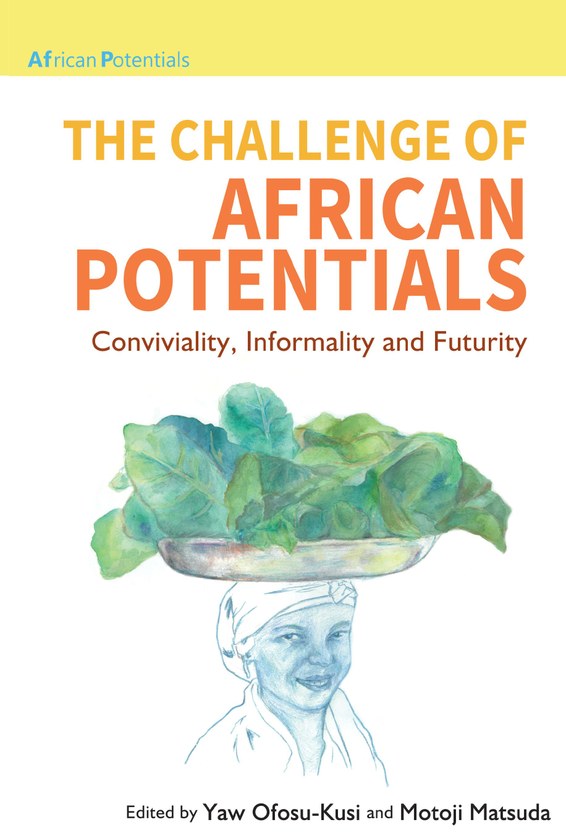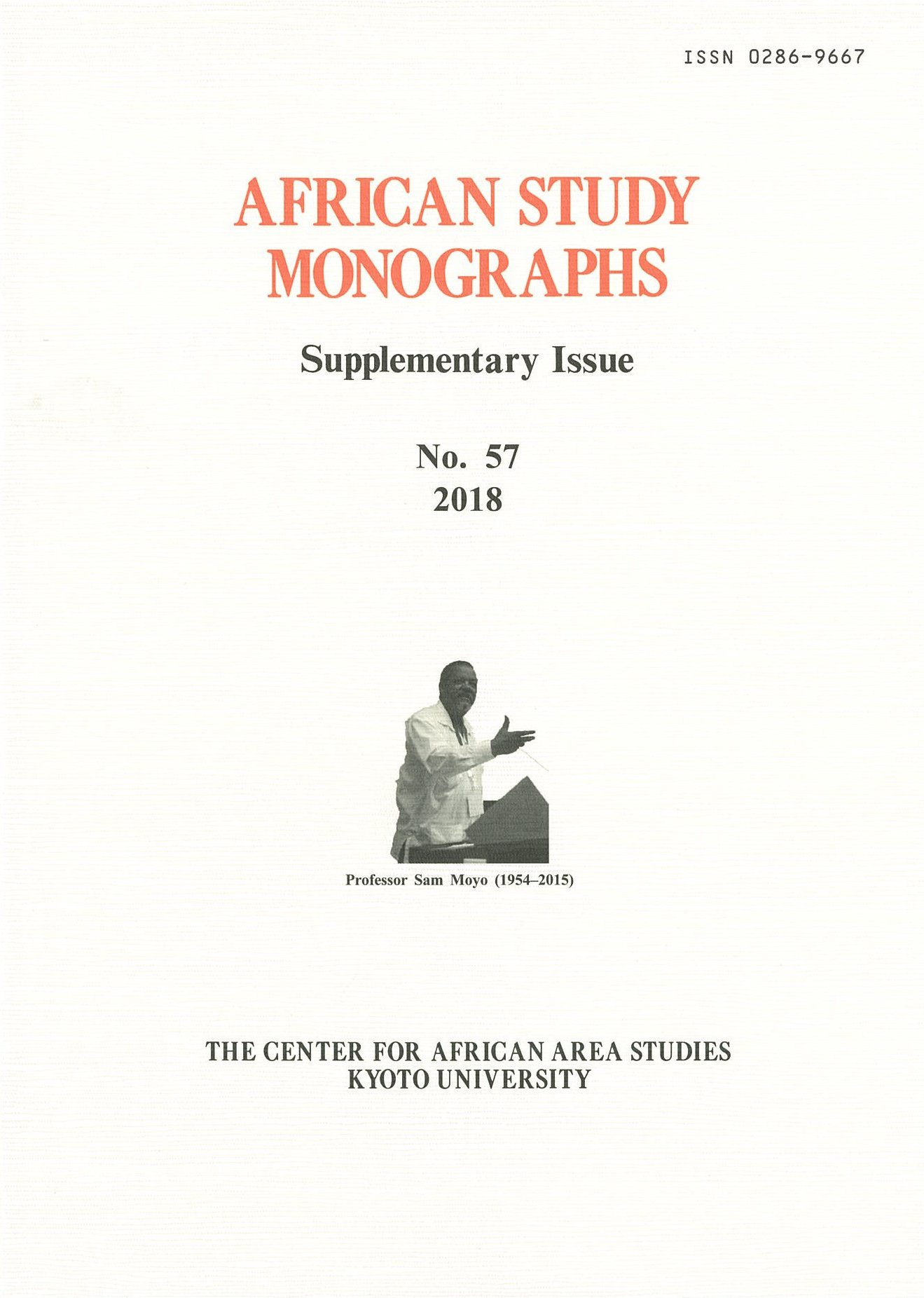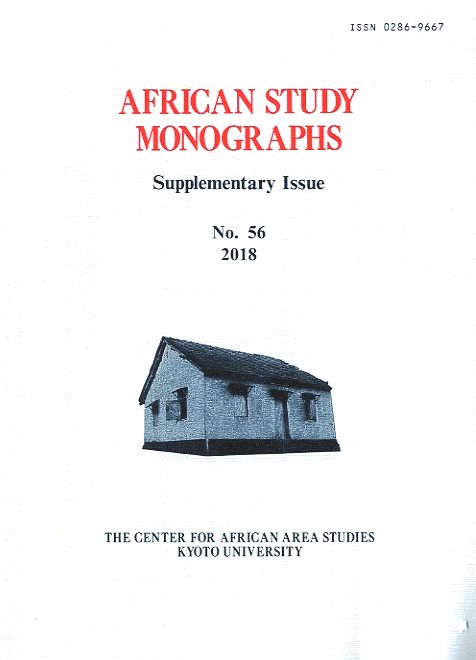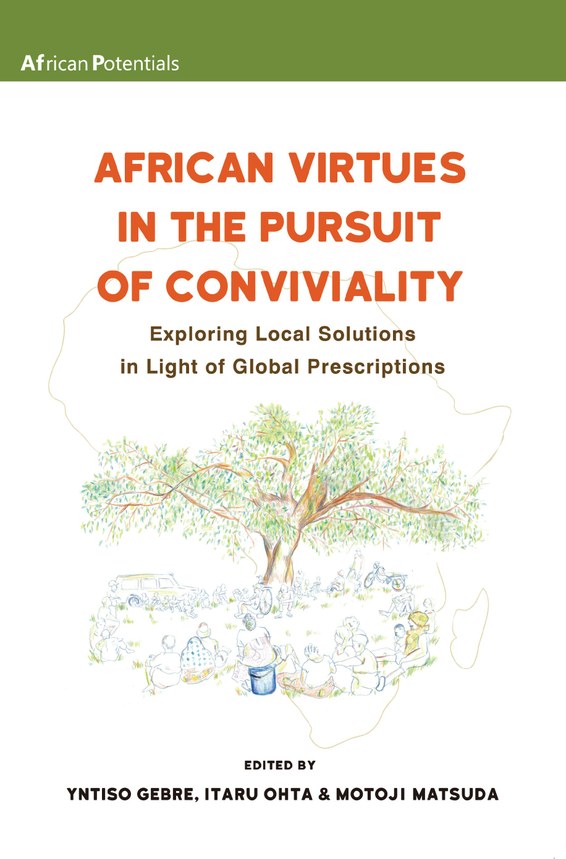Date and Time: October 17, 2020 (Saturday), 15:10 – 17:00
Venue: held as a video conference
In the beginning, the secretariat shared updates of publication of the project outcome and future schedule of the project.
This was followed by a presentation from the Environment and Ecology Unit. The Unit leader, Toshio Meguro (Hiroshima City University), chaired the session and explained its purpose. Two research presentations were delivered, and Toshihiro Abe (Otani University) and Gen Yamakoshi (Kyoto University) made comments, respectively. A general discussion followed their comments.
The presenter, title, and contents of the presentation are as follows.
Presenter 1: Shinichiro Ichino (Kyoto University)
Title: African Potential for Biodiversity Conservation: Relationships between Tamarinds, Humans, and Lemurs in a Riparian Forest, Southern Madagascar
Abstract: The presenter discussed the African potential for biodiversity conservation using the relationship between tamarinds, local people, and lemurs in a riparian forest in southern Madagascar as a case study. Riparian forests dominated by tamarinds have developed in the river valleys of southern Madagascar, but they are highly fragmented. The few remaining forests have been protected by the local population (the Tandroy people). Tamarind is a tree species that is economically and culturally important to local people, especially as a relief food.
Tamarind is also important for ring-tailed lemurs as a food source and resting place. The ring-tailed lemur, which local people have protected, contributes to forest renewal as a seed disperser for tamarind. As described above, the relationship between the three parties includes mutually beneficial ecological interactions and cultural values for the local population. He argued that it is important to comprehensively understand such relationships.
Presenter 2: Yuichiro Fujioka (Kyushu University)
Title: The Potential of the Anthropogenic Natural Environment: A Case Study of the Commercialization of Marula in the Phalaborwa Region, South Africa
Abstract: The presenter examined the use of non-timber forest products and the function of the anthropogenic natural environment from the perspective of African potential, using the commercialization of non-timber forest products in South Africa as a case study. In the Phalaborwa region, the marula tree, a deciduous tree of the lacquer tree family, naturally increases throughout the region, and its fruits have traditionally been used to brew an alcoholic beverage. Since the 1980s, a company has been successfully producing and commercializing spirits from the marula fruit. The company buys the main ingredient, marula fruits, from the local population. While some view this as empowering for low-income people, others view it as structural exploitation. The presenter also argued that marula was protected because it is unsuitable for firewood and, consequently, served as a sustainable local resource.



